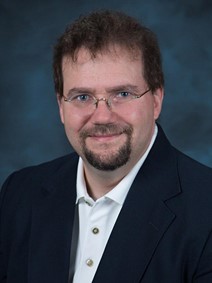
Benjamin Coifman, who teaches classes in civil engineering and electrical engineering, has shifted to a mastery learning model in two of his courses.
In an undergraduate class on probabilistic methods, he requires students to get each homework problem 100% correct prior to the exam. He does this by using an automated homework system that comes with the textbook for the course. It gives extensive feedback at each step in the solution and even offers the option to show a solution to the same problem using different numbers.
“The real time feedback is incredible, and because the students must ultimately get the steps correct, the system ensures the students learn the material. The small twist of requiring 100% on the homework before the exam had a huge impact. Students did amazingly well on the exams compared to previous years where the students were simply penalized for getting problems wrong on the homework. But it wasn’t just me—when I surveyed the class after the exam, 91% of the students found the requirement helpful.”
In another course, the students must achieve at least 80% correct on every assignment in order to pass the class. With consistent encouragement and reminders, students start their homework earlier so that they have enough time to ask questions. Coifman provides extensive feedback on each homework assignment, and if it does not meet the 80% minimum, students are asked to redo it.
“Because each programming assignment built on the previous one, by getting a given assignment correct the students were much better prepared for each successive assignment and it really showed in their performance. Towards the end of the semester, I surveyed the students and asked if the class was more work, less work or about the same as their other classes. I was surprised to find that most students said it felt like less work, especially since I pushed them so much further.”

